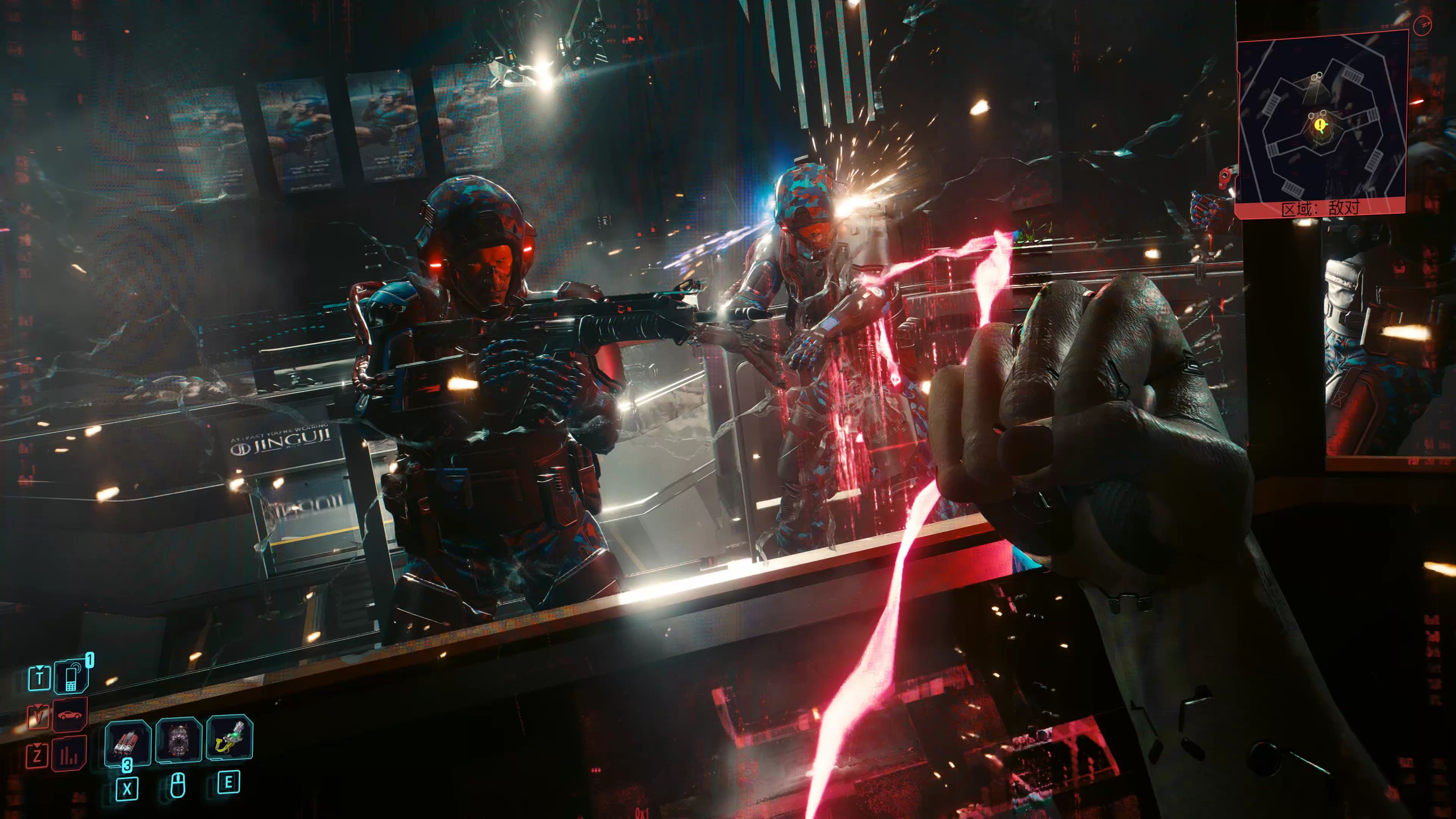Fire Emblem: A Tapestry of Artistic Reinvention
For over three decades, the Fire Emblem series has stood as a pillar of the JRPG genre, renowned for its deep tactical gameplay, intricate narratives, and a willingness to let its characters perish permanently. Yet, one of its most distinctive and often discussed features is not a mechanic, but an aesthetic philosophy: the consistent commitment to a unique art style for each major entry. Unlike many franchises that cling to a singular, brand-defining visual identity, Fire Emblem embraces reinvention, treating its artistic presentation not as a fixed shell but as an integral narrative and tonal device. This deliberate shifting of visual language from game to game is a key factor in the series' enduring vitality and its ability to continually redefine itself for new audiences.
The series’ early entries on the Famicom and Super Famicom were, by necessity, products of their technical limitations. The pixel art of titles like Shadow Dragon and the Blade of Light and Genealogy of the Holy War was functional, designed to clearly convey unit types and battlefield terrain. Character portraits were the primary vessel for personality and emotion, and while they possessed a certain classic charm, they were constrained by the hardware. The first seismic shift occurred with the series’ international debut, Fire Emblem: The Blazing Blade (simply titled Fire Emblem in the West). This was the first game to feature the art of long-time contributor Yusuke Kozaki, though his style was still in its formative stages. The GBA titles are characterized by their bright, vibrant colors, bold lines, and slightly super-deformed proportions in battle animations. This style was approachable and effective, perfectly suited to introducing a complex genre to a new continent and establishing the series' identity overseas.
However, it was the move to 3D that truly unlocked the potential for radical artistic expression. Fire Emblem: Path of Radiance on the Nintendo GameCube presented a more realistic, proportionate, and western-inspired fantasy aesthetic. The character designs by Senri Kita were grounded, with an emphasis on practical armor and a muted color palette that reflected the serious, war-torn narrative of Tellius. This was a conscious departure from the anime-esque styles becoming prevalent in other JRPGs, aiming for a sense of weight and gravitas.
This trajectory was completely upended with the very next entry, Fire Emblem: Awakening on the Nintendo 3DS. Facing the potential of being the series’ final chapter, Intelligent Systems made a calculated and ultimately salvific decision to reinvent its visual identity. They returned to Yusuke Kozaki, who by now had developed a vibrant, modern, and highly stylized anime aesthetic. Characters were designed with elaborate, flowing hair, detailed costumes, and expressive features that popped on the handheld’s screens. This style was not merely cosmetic; it was intrinsically linked to the game’s mechanics and tone. The emphasis on character relationships, support conversations, and the new marriage system was amplified by Kozaki’s designs, which made each character instantly memorable and visually appealing. The success of Awakening cemented this approach, which continued with even more polish in Fire Emblem Fates.
This pattern of using art direction to signal a tonal shift reached its zenith with Fire Emblem: Three Houses. Departing from Kozaki, Intelligent Systems brought on Chinatsu Kurahana, an artist known for her work on the Uta no Prince-sama series. Kurahana’s style is softer, more painterly, and less overtly "anime" than Kozaki’s. Her designs for the officers of the three nations are layered with symbolism and cultural hints—the formal military regalia of the Adrestian Empire, the pious and traditional robes of the Holy Kingdom of Faerghus, and the pragmatic, alliance-focused attire of the Leicester Alliance. The art style directly services the game’s premise: a time-skip that transforms students into war-hardened adults. Kurahana’s designs for the post-timeskip characters are masterclasses in visual storytelling, showing the physical and emotional wear of war through changed hairstyles, scarred faces, and heavier, more battle-worn attire. The art is the narrative.
The most recent mainline entry, Fire Emblem Engage, represents perhaps the boldest swing. With a new artist, Mika Pikazo—known for incredibly vivid, color-saturated, and almost cyberpunk-inspired digital art—the game presents a style that is unapologetically flamboyant and divisive. The character designs, particularly the protagonist Alear with their red-and-blue hair, are a maximalist celebration of color and form. This choice brilliantly, if not controversially, mirrors the game’s core theme: a celebration of the entire Fire Emblem legacy. The over-the-top aesthetic separates it tonally from the political grimness of Three Houses, signaling a return to a more straightforward, high-fantasy narrative focused on nostalgia and core gameplay.
This constant evolution is not without its critics. Some fans decry the move away from the more grounded styles of the past, while others find certain iterations, like Engage’s, too garish. Yet, this very debate is a testament to the art's importance. The visual style is the first thing a player encounters, and it sets powerful expectations for the experience within. A Kita-designed Tellius promises a gritty war story. A Kurahana-designed Fódlan promises a nuanced character drama. A Pikazo-designed Elyos promises a vibrant, heroic fantasy.

In a genre often criticized for visual homogeneity, Fire Emblem’s commitment to artistic reinvention is its greatest strength. It prevents stagnation, allows each story to be told with a visual language uniquely suited to its themes, and continually refreshes the series' identity. It is a bold declaration that Fire Emblem is not a single static thing, but an evolving idea—a tactical saga that can be as serious, as playful, as grounded, or as fantastical as its artists and writers dare to make it. The canvas changes, but the masterpiece continues.














